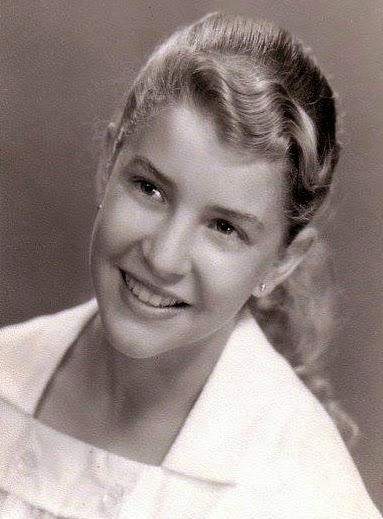WAVE
STAN GETZ
PERFORMS
SONGWRITER:
ANTONIO CARLOS JOBIM
WHERE: COPENHAGEN
1970
COUNTRY: U. S.
A.
ALBUM: COPENHAGEN
1970
RECORD: COLUMBIA
GENRE: EASY LISTENING
YEAR: 1970
Stanley Getz(February 2, 1927 – June 6, 1991) was an American jazz saxophonist. Playing primarily the tenor saxophone, Getz was known as "The Sound" because
of his warm, lyrical tone, with his prime influence being the wispy, mellow
timbre of his idol, Lester Young. Coming to prominence in the late 1940s with Woody Herman's big band, Getz is described by critic Scott Yanow as "one of the all-time
great tenor saxophonists". Getz performed in bebop and cool jazz groups. Influenced by João Gilberto and Antônio Carlos Jobim, he also helped popularize bossa nova in the United States with the
hit 1964 single "The Girl from Ipanema".
Stan Getz
was born on February 2, 1927, at St. Vincent's Hospital in Philadelphia, Pennsylvania, United
States. Getz's father Alexander ("Al") was a Ukrainian Jewish immigrant who was born in Mile End, London,
in 1904, while his mother Goldie (née Yampolsky) was born in Philadelphia in
1907. His paternal grandparents Harris and Beckie Gayetski were originally from
Kyiv, Ukraine but had migrated to escape the anti-Jewish pogroms to Whitechapel, in the East
End of London. While in England they owned the Harris Tailor Shop
at 52 Oxford Street for more than 13 years. In 1913, Harris and Beckie emigrated to the
United States with their three sons Al, Phil, and Ben, following their son
Louis Gayetski who had emigrated to the US the year before. Getz's original
family name, "Gayetski", was changed to Getz upon arrival in America.
The Getz
family first settled in Philadelphia, but during the Great Depression the family moved to New York City, seeking
better employment opportunities. Getz worked hard in school, receiving straight
A's, and finished sixth grade close to the top of his class. Getz's major
interest was in musical instruments and he played a number of them before his
father bought him his first saxophone, a $35 alto
saxophone, when he was 13. Even though his father also got him
a clarinet, Getz instantly fell in love with the saxophone and began practicing
eight hours a day. According to Getz, he only had about six months of lessons
and never studied music theory or harmony.
Getz
attended James Monroe High School in the Bronx. In 1941,
he was accepted into the All-City High School Orchestra of New York City. This
gave him a chance to receive private, free tutoring from the New York
Philharmonic's Simon Kovar, a bassoon player. He also continued playing
the saxophone. He eventually dropped out of school in order to pursue his
musical career but was later sent back to the classroom by the school system's
truancy officers.





